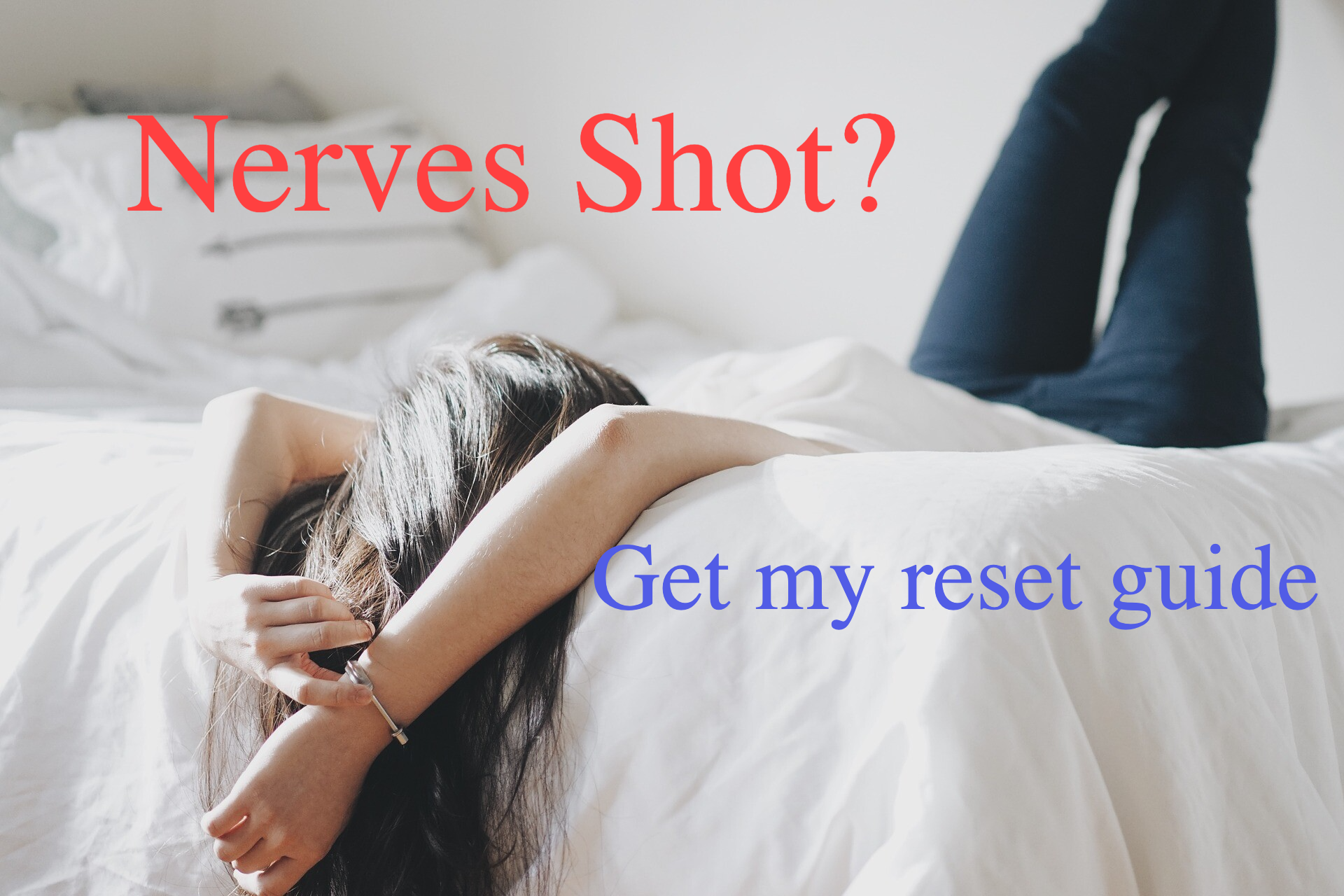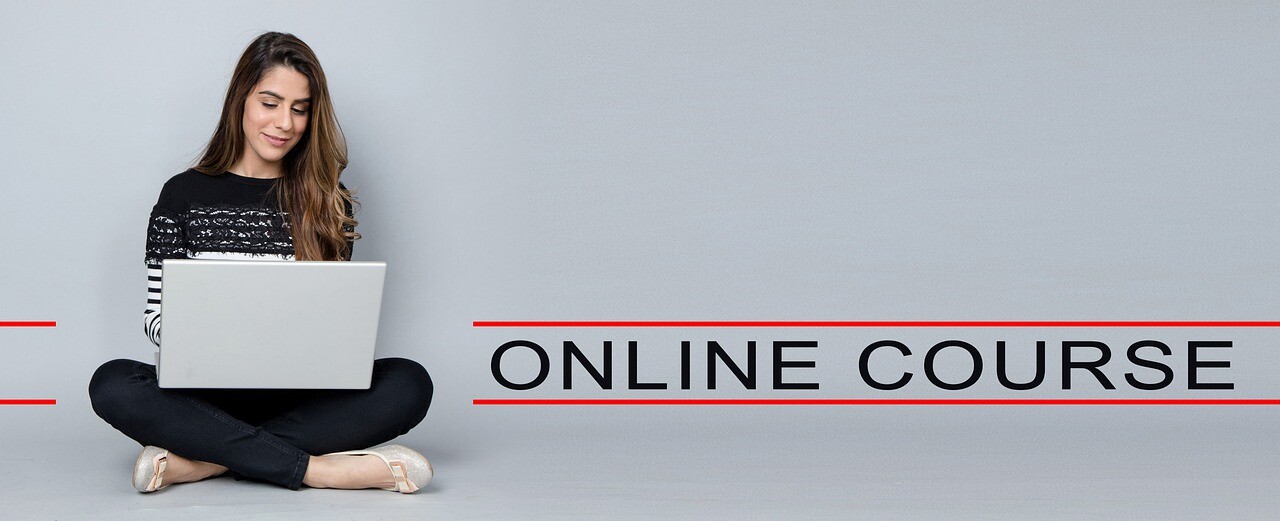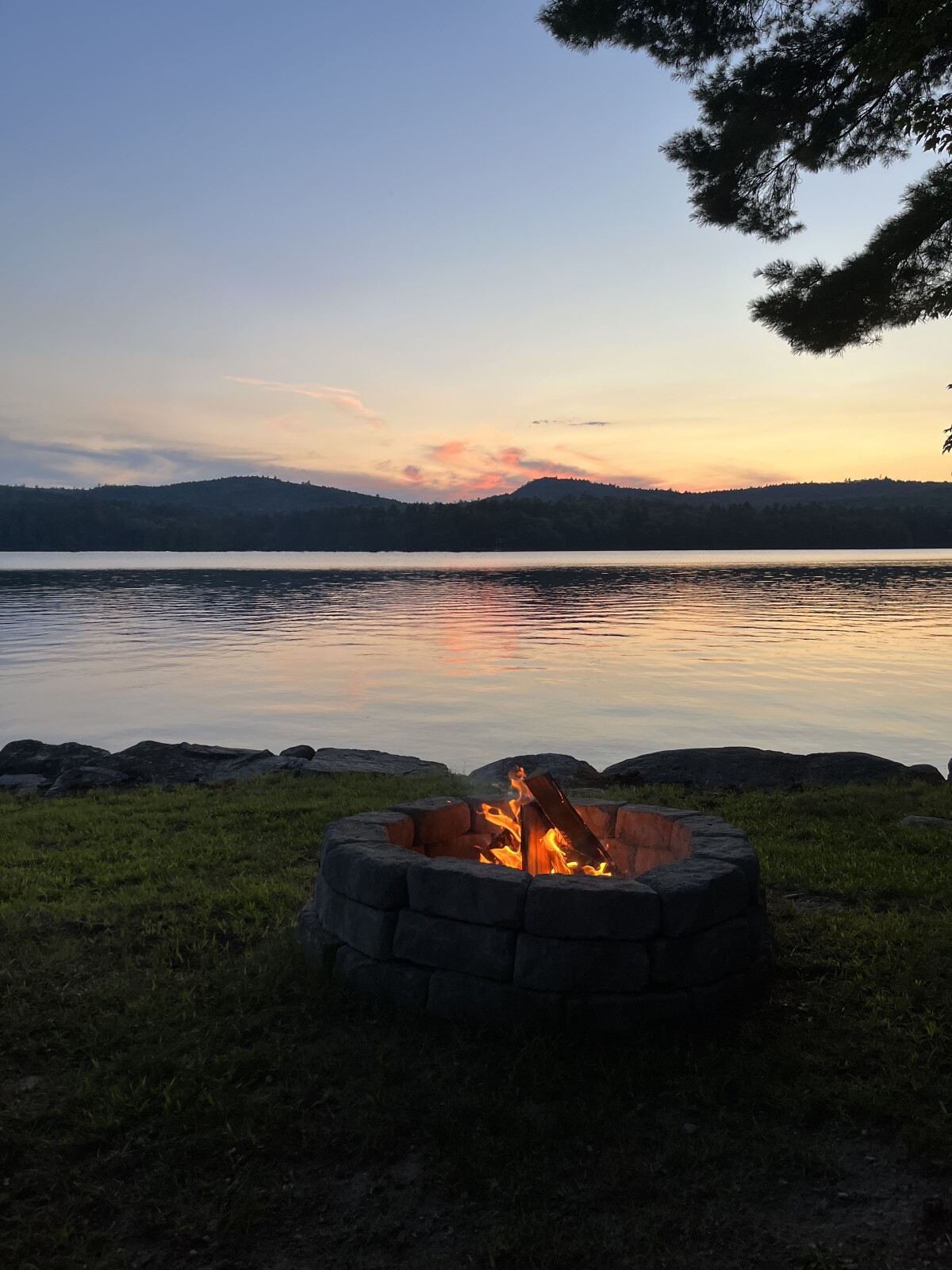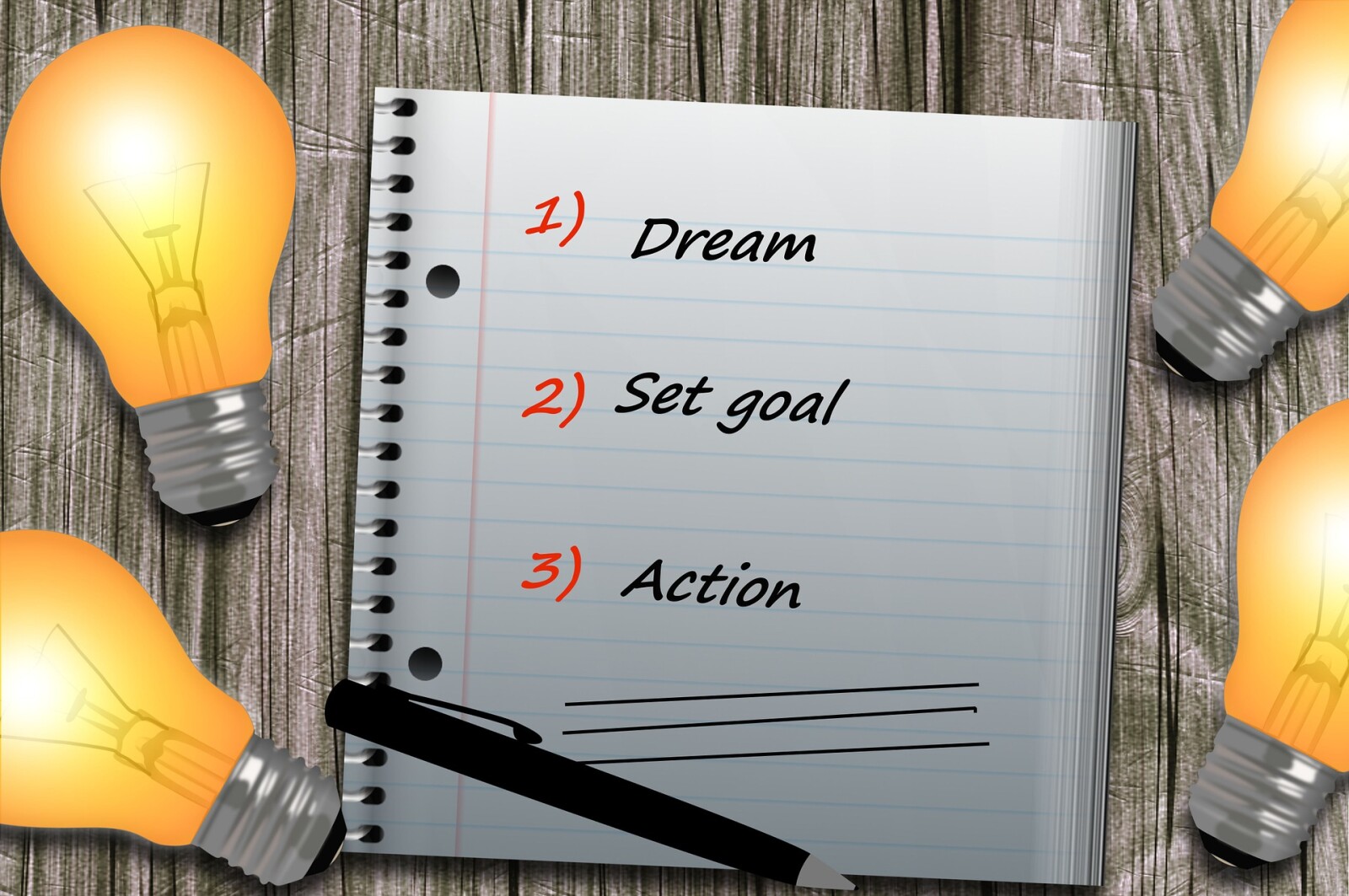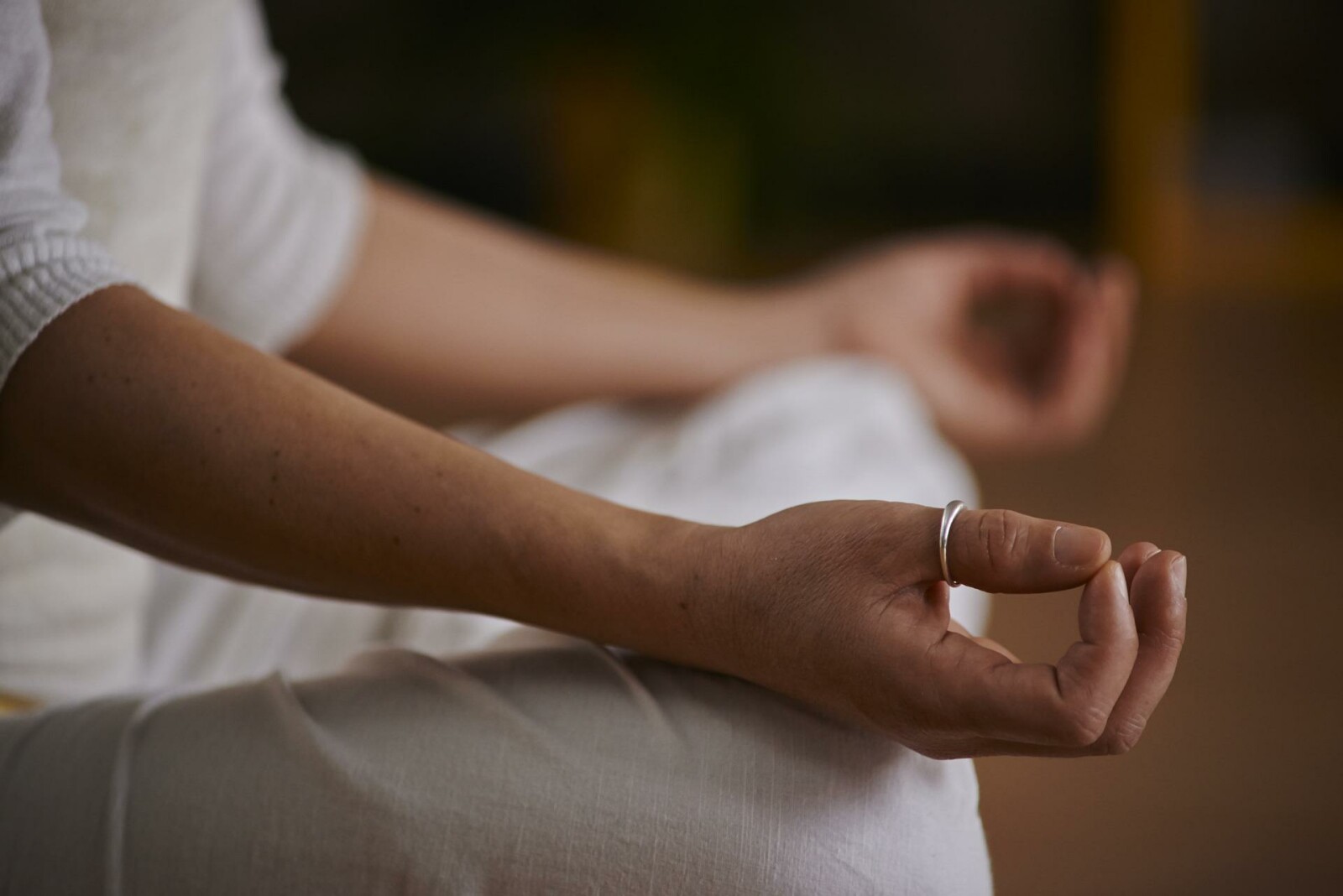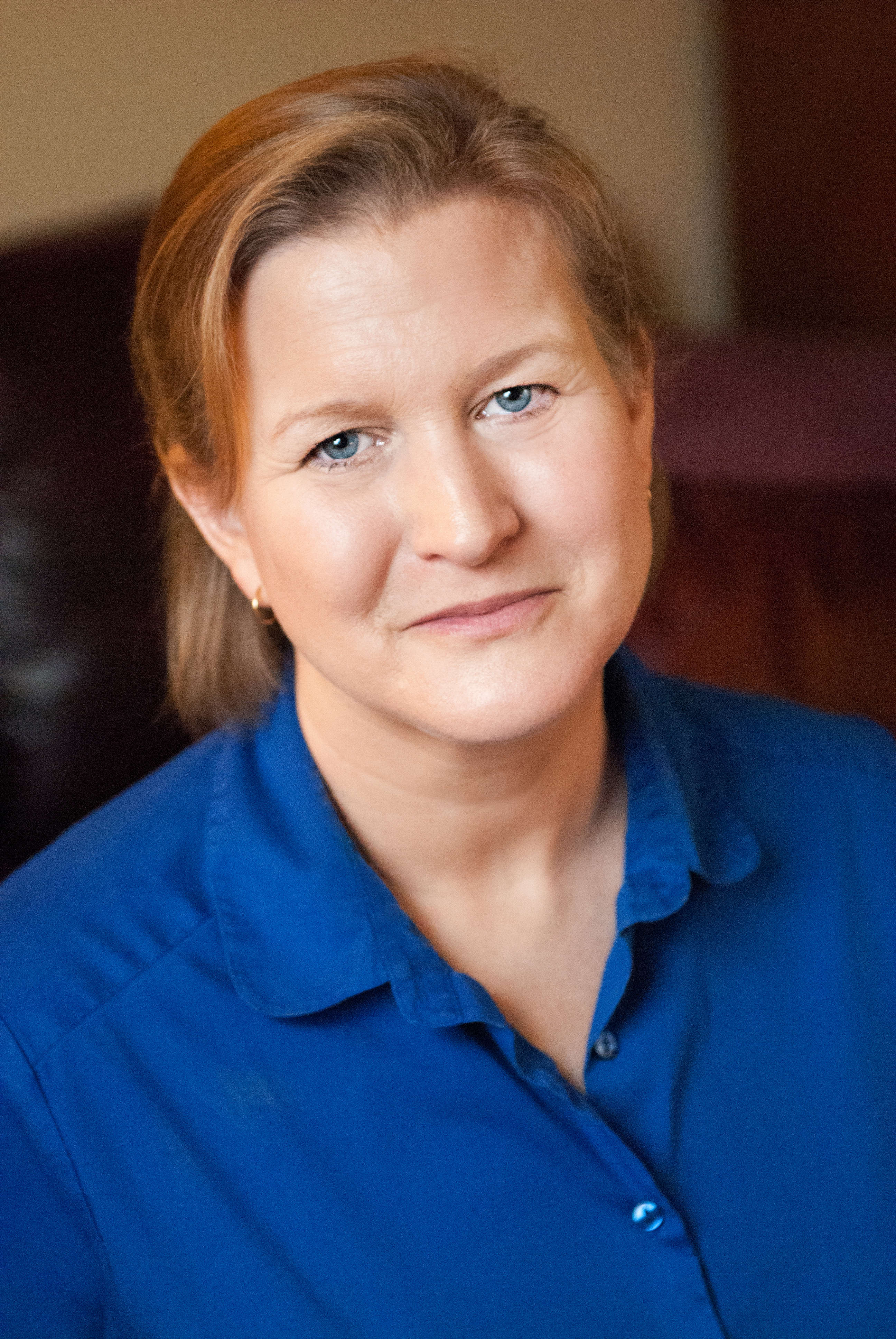
In my recent posts I’ve been focusing on some coping skills for managing emotions.
Just like the best time to plant a tree is 30 years ago, the best time to learn these skills is days, weeks, months before you need them.
When I went to with Amy Weintraub's workshop that I wrote about last week, she asked us to go home and practice the skills for at least a month, noting our own reactions to the different breath styles. (Some people have opposite reactions – what is relaxing to one person is stimulating for another.)
When stress response is intense (courtesy of the amygdala), the part of the brain that consolidates memory (the hippocampus) can’t do its job very well. Under extreme stress/trauma, it’s likely to “misfile” information or even add things that don’t belong. Some good stuff here about how these brain structures interact.
If you need something NOW, please check out my nervous system reset guide. And if your world is particularly stormy, please be gentle with yourself and know it's okay to wait for it to pass.

Like many people, I learned that one way to help calm down is to “take a deep breath.” (And yes, I told you in an earlier blog to do that!) A very common breathing pattern to take this further is “square breathing,” where you breathe in, hold it, exhale, and then hold it, all for the same length of time (commonly a count of four).
Years ago I went to a weekend introductory training for Life Force Yoga, with Amy Weintraub. (www.yogafordepression.com)
That weekend we focused on learning many different breathing patterns because it is NOT one-size-fits-all when it comes to shifting moods.
I was surprised to learn that for an awful lot of people, a big inhale is more energizing/activating. If they need to lower their level of arousal, it is often because they are not fully exhaling!
Let’s take a little detour to talk about the vagus nerve. It’s the longest cranial nerve, and it connects to most of the organs in the abdominal cavity. It’s unique in that the majority of impulses are going toward the brain, rather than from the brain. It’s a crucial way our brain gets information from the rest of the body.
When impulses come into the brain, it uses them to determine if there is the need to activate the “fight or flight” response. Alternatively, if the “fight or flight” response is already activated, we can send use this nerve to send an “all clear” signal so the sympathetic nervous system knows to stand down.
Breathing deeply and evenly can mimic the body readying itself to address the danger. In contrast, slowing down the exhale is sending the message that things are okay, and the danger (if there was any) has passed.
This is one of the simplest breathing patterns I teach almost everyone, and it’s easy to remember: make your outbreath longer than your inbreath.
Here’s a quick video example:
(Note: if you are reading this in an email and the video isn't showing, click the link above to "view online.")

Last night I watched the never-before-seen footage of the January 6 attack on the US Capitol. On the day of the insurrection, I sat through the horror unfolding live, albeit safely from hundreds of miles away. I didn’t sleep well that night and carried the distress in my body for some days after.
Last night I felt the need to watch the brief documentation of the attack, to see the footage from the cameras inside the building and the body cameras the responding police wore.
I don’t watch much TV news; I stick to headlines that pop up in my social feeds and then look further when I need deeper understanding.
As a therapist, I often work with people who are experiencing a high level of distress, and for years I have prescribed as self-care that people consider a “news fast.” Taking some time away (from video footage especially) is important if your mental health is suffering. If your daily functioning is not going well, then you need to unplug, stat. I tell clients, “The news you need to know will find you;” if a big event happens, you will hear about it somehow.
For the rest of us, we must work with competing values – our own self-preservation (not flooding ourselves with scenes of trauma) vs. our need to stay informed to avoid complacency.
Bad news is going to keep happening. It’s just the way of the world. But I have been seeing more and more people become buried by a variation of survivor's guilt.
A familiar refrain these days among my clients is a sense of guilt because they are living normal lives when other humans in the world are suffering – wars, shootings, oppression. This guilt can drive them to watch all the updates, learn the names and stories of the victims, and feel compelled to bear witness.
I’m not here to tell you not to do any of those things, but I am here to say that you can’t possibly do this for ALL the world tragedies.
You becoming overwhelmed and suffering does not serve those people, especially if it renders you paralyzed.
In fact, those people who are impacted need us to stay well and ready to jump into action when they can’t. If your car crashes, you really don't want all the police and EMTs to be frozen from distress for your circumstances.
My prescription: find the information you need to do your part.
Your “part” may be:
- Calling or writing your legislators
- Marching in protest
- Inspiring others to act
- Caring for those impacted
- Financial donations
…Etc.
If it helps you to read rather than watch or listen, that is a reasonable way to practice "portion control."
After you do what you are able, in your circumstances, it is okay to step away.
And more than just returning to the daily grind, go further and experience with intense gratitude whatever beautiful, peaceful, secure existence you have. Be humbled and aware of your blessings, and fully appreciate what you have that others may have lost.
Being a good human does not mean we must suffer everything others are experiencing; we can do our parts in our own corners of the world.

Radical acceptance is an important concept for emotional wellbeing. It’s foundational in Buddhist teaching, and Dialectical Behavior Therapy was developed by a psychologist who drew heavily from her Buddhist philosophy.
Let’s start with acceptance – “the act of assenting or believing” (The Free Dictionary)
Accepting something means acknowledging or agreeing to something as fact.
Radical acceptance is when we stop fighting that fact, in this moment.
The reason I emphasize “in this moment” is because it does not mean to give up. It does not mean we stop trying to change something that we heartily think needs to be changed. It does mean that, here and now, I am not going to expend emotional energy wanting it to not be true.
“Radical acceptance is about accepting life on life’s terms and not resisting what you cannot or choose not to change. Radical acceptance is about saying yes to life, just as it is.” (Psychology Today)
Tara Brach teaches that Radical Acceptance is the path to "awakening from the trance" of belief that there is something wrong with us. Her book Radical Acceptance: Embracing Your Life with the Heart of a Buddha is a much deeper dive if you are so inclined.
Some examples:
- A disabled train blocks the road and I am not going to get to the airport on time for my plane, even if I turn around and use another route. Radical acceptance lets me remain calm and begin to problem solve – what number do I need to call to get on another later plane?
- An important person in my life has done something hurtful and I no longer feel trust in the relationship. When I radically accept this, I develop boundaries, either small or extreme. I can still, if appropriate, have hope of relationship repair in the future, while still keeping myself safe from the effects of the betrayal.
For a visual illustration, see this video:
And don't skip this one - this is one of my new favorite songs - we sang the first verse at our concert this past weekend:
You don't have to carry the weight...let go...
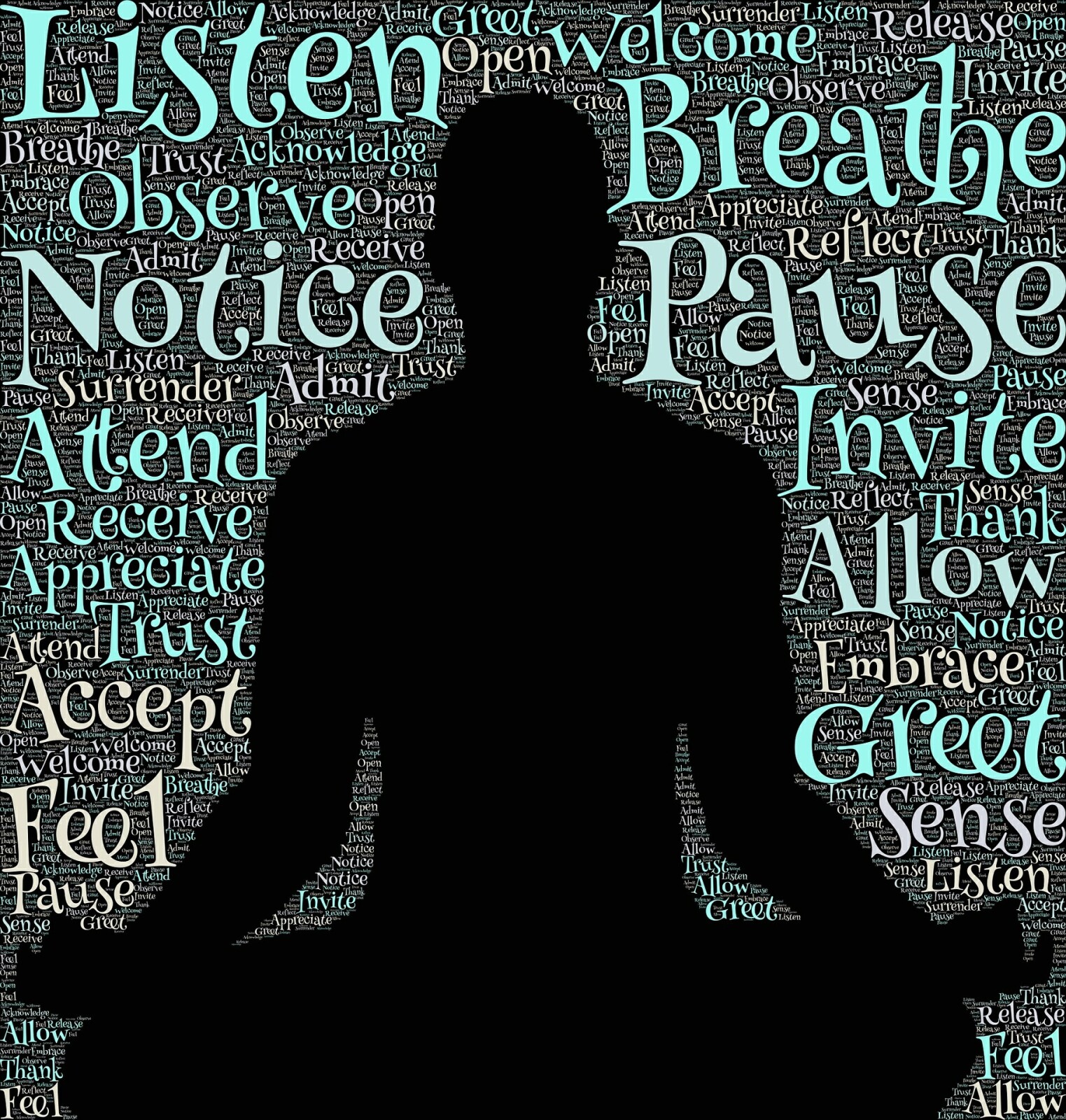
I learned this exercise at a continuing education training a few years back. It's one that I really like for a brief breathing activity to help get re-anchored in the here and now.
Take breaths that are comfortably full and even, there is no reason to try to slow them down - make them a natural and easy length.

